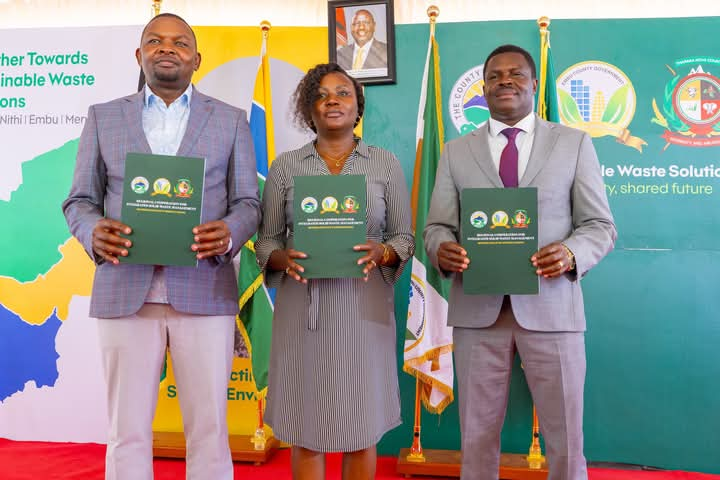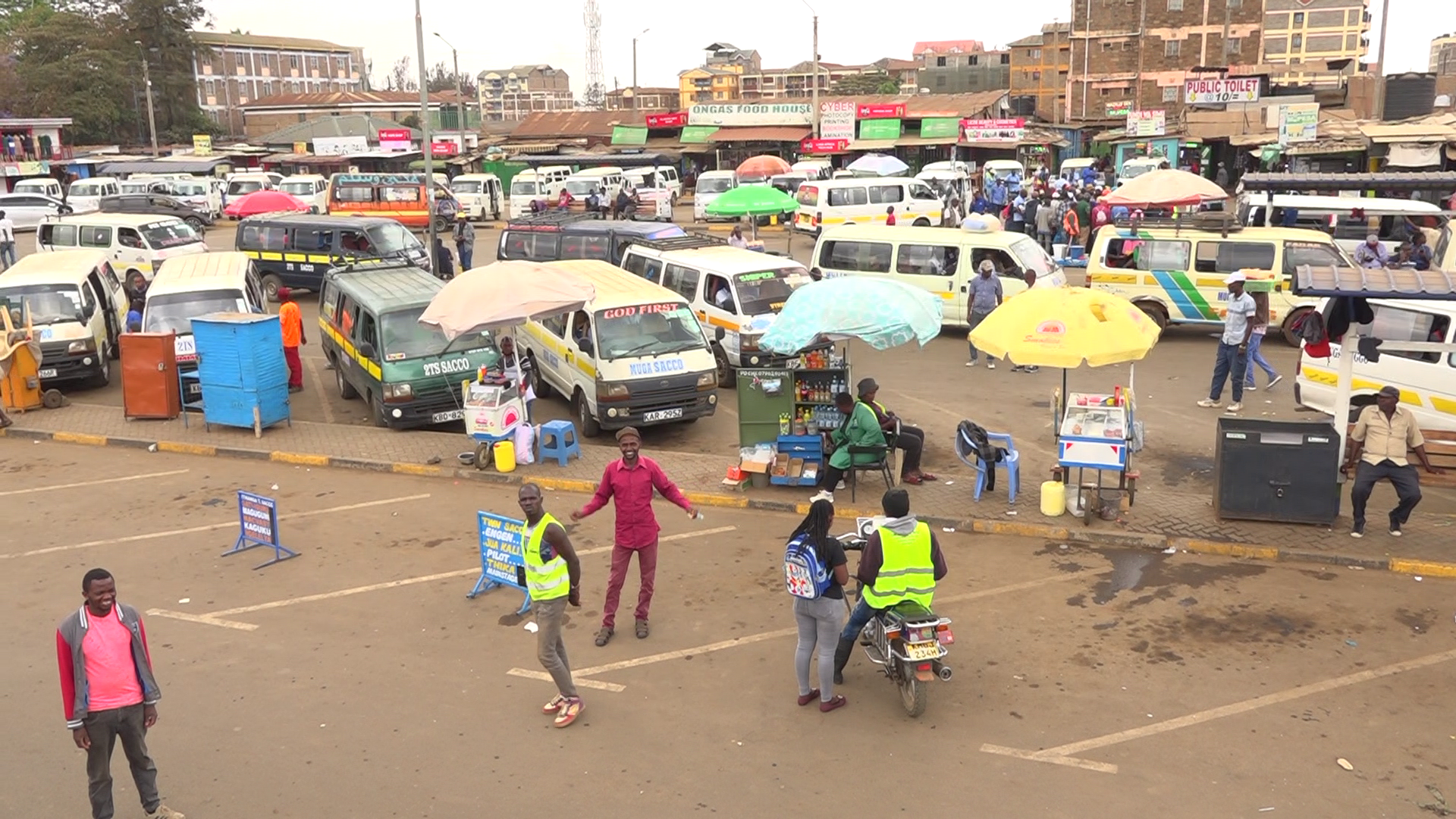Increased budgetary allocations to Kenya’s agricultural sector are expected to trigger a surge in demand for loans among members of agro-based SACCOs. This rise in credit demand is seen as a chance for SACCOs to enhance their loan portfolios, particularly for those directly supporting agriculture and rural development. With expectations of improved crop and animal production in 2025, agriculture-focused SACCOs may find themselves at the center of renewed economic activity.
Despite these projections, some Chief Executives of top agro-based SACCOs remain cautious about the real gains from the 2025/26 national budget. Alice Kosgei, CEO of Kenya Highlands DT SACCO, acknowledged the improved structure of payments and allocations under the fertilizer subsidy program, which is expected to lower farmers’ input costs. However, she criticized the budget’s failure to address problems in the tea sector, particularly declining prices and poor auction performance in Mombasa. She argued that poor marketing and falling quality have affected tea’s global competitiveness.

Everlyn Moraa, CEO of SITICO DT SACCO, echoed similar concerns, emphasizing that the tea industry must investigate the root causes behind deteriorating quality, whether it’s due to soil conditions or fertilizer usage. Still, Kosgei pointed out that the Sh8 billion fertilizer subsidies could benefit SACCOs by enabling farmers to make payments through SACCO channels, thereby improving their loan repayment abilities.
ALSO READ:
Beyond the agriculture-specific issues, SACCO executives expressed frustration over taxation. They highlighted the disparity in the withholding tax on dividends and rebates—currently 5% and 15% respectively—as a major concern. According to Isedorius Agolla, CEO of CAFOSA, this amounts to double taxation, since members invest after-tax income into SACCOs. He argued for the harmonization of these tax rates and criticized existing laws that discourage SACCOs from transacting with corporate entities due to a more punitive tax regime.
Agolla also raised alarm over the government’s failure to enforce penalties on entities, especially county governments that delay remitting member deductions to SACCOs. He stressed that such practices threaten the survival of county-based SACCOs whose members are mostly public employees. Nonetheless, he welcomed the increased funding to agriculture and noted the potential benefits for SACCOs linked to the fishing sector, especially in Busia, Coast, and Nyanza regions.
In the 2025/26 budget, Sh8.2 billion has been allocated to the Blue Economy and Fisheries sub-sector. This includes Sh2.3 billion for the Aquaculture Business Development Project, Sh2.4 billion for the Kenya Marine Fisheries and Socio-Economic Development Project, and Sh500 million for the Kabonyo Fisheries and Aquaculture Training Centre. These initiatives aim to strengthen the broader agriculture value chain and encourage rural SACCO activities tied to these sectors.
ALSO READ:
Rongai Muungano Cooperative acquire tent, chairs through NGAAF fund
SACCOs play a vital role in financing agriculture, covering areas such as crop farming, animal production, agribusiness, and forestry. The Kenya Kwanza administration has indicated a strong commitment to transforming agriculture by increasing productivity across key value chains including horticulture, livestock, and fisheries.
Treasury Cabinet Secretary John Mbadi Ng’ongo, while presenting the 2025/26 budget, noted that the government aims to shift Kenya from food deficit to surplus through enhanced input financing, subsidies, and extension services. These efforts are expected to lower reliance on food imports and boost export-oriented agriculture.
The Treasury allocated Sh47.6 billion for agriculture-related programs, with Sh8 billion going to the fertilizer subsidy, Sh10.2 billion to the National Agricultural Value Chain Development Project, Sh800 million for the Small Scale Irrigation and Value Addition Project, and Sh1.2 billion for the Food Security and Crop Diversification Project. An additional Sh5.8 billion was allocated to the Food Systems Resilience Project.
Livestock development programs received a substantial allocation as well: Sh2.3 billion was earmarked for the De-Risking, Inclusion and Value Enhancement of Pastoral Economies Programme, Sh1.6 billion for the Kenya Livestock Commercialization Programme, and Sh280 million for the Livestock Value Chain Support Project. A further Sh340 million was allocated to the development of a Leather Industrial Park at Kenanie.
ALSO READ:
Gender equity milestone triumphs in cooperatives, as NCGP completes validation process
To support climate resilience, the government has set aside Sh318 million for the Ending Drought Emergencies project and Sh1.3 billion for the Resilience for Food and Nutrition Security in the Horn of Africa. Meanwhile, efforts to revitalize cash crops include Sh2 billion each for the Coffee Cherry Revolving Fund and coffee debt waivers, Sh1.5 billion for sugar sector reforms, Sh120 million for the modernization of cotton ginneries, and Sh246 million for horticulture compliance programs.
The government also allocated Sh300 million for edible oil crop promotion, Sh400 million for milk mop-up, and Sh150 million for modernizing milk processing facilities in Runyenjes and Narok. These allocations are expected to benefit SACCOs whose members are engaged in dairy and cash crop farming.
Data from the Sacco Societies Regulatory Authority (SASRA) shows that agriculture-based SACCOs had 2.85 million members in 2023, representing 42% of the total SACCO membership. Despite their large member base, these SACCOs typically control smaller asset bases, with most holding assets below Sh1 billion. This limits their operational capacity and ability to raise sufficient income.
ALSO READ:
Kakamega County commissions ksh.17million hatchery project to boost youth agribusiness
In terms of credit disbursement, the agriculture sector received Sh78.1 billion in 2023, accounting for 17% of total SACCO loans. This figure compares to Sh124.2 billion disbursed to the land and housing sector, Sh96.3 billion to education, Sh58.2 billion to trade, Sh43.4 billion to consumption and social services, Sh28.8 billion to finance and insurance, Sh17.1 billion to manufacturing and services, and Sh14.4 billion to health.
While agriculture remains a cornerstone of SACCO lending in Kenya, industry leaders emphasize the need for friendlier tax policies, improved deduction remittance enforcement, and focused investment in key value chains to truly unlock the sector’s full economic potential.
SACCOs expect increased loan demand due to Sh47.6B agricultural allocations in the 2025/26 national budget.
By Jackson Okoth
Get more stories from our website: Sacco Review.
For comments and clarifications, write to: Saccoreview@
Kindly follow us via our social media pages on Facebook: Sacco Review Newspaper for timely updates
Stay ahead of the pack! Grab the latest Sacco Review newspaper



